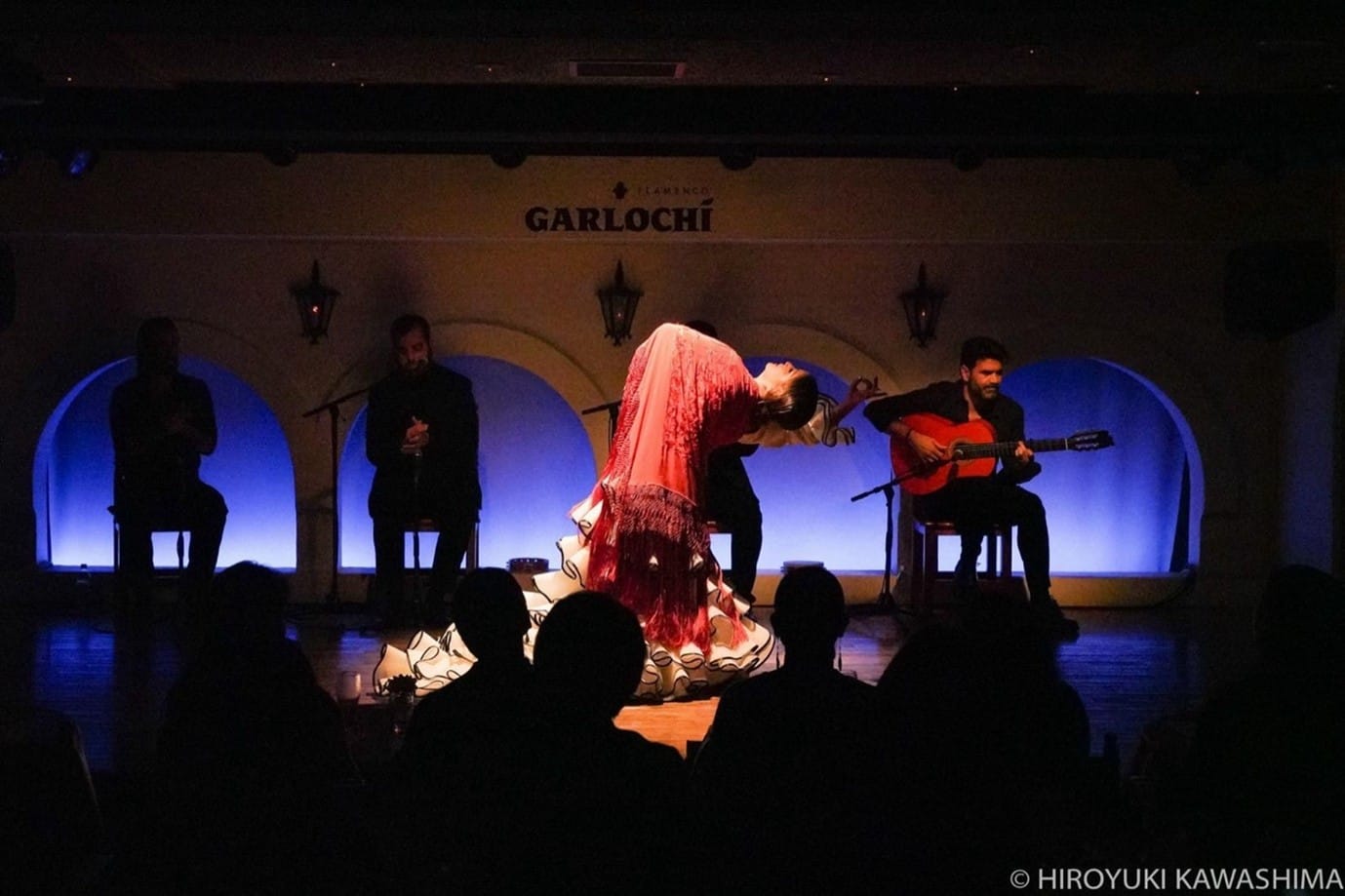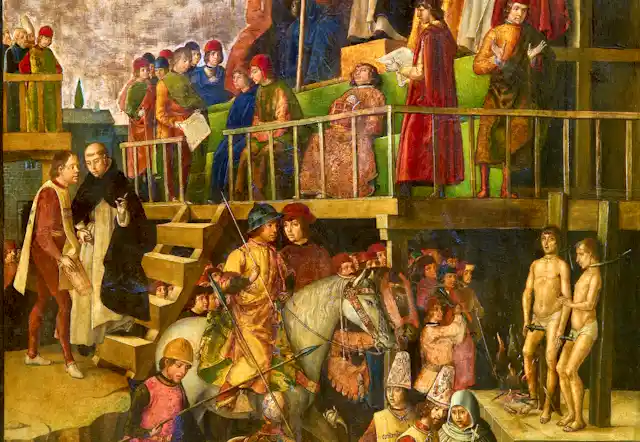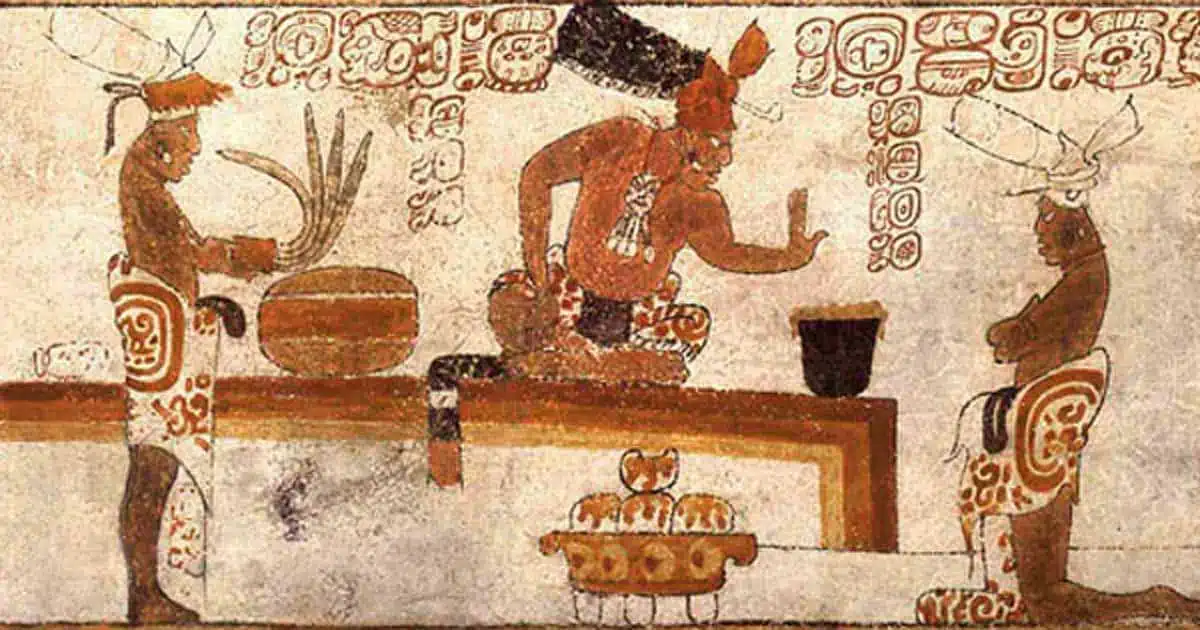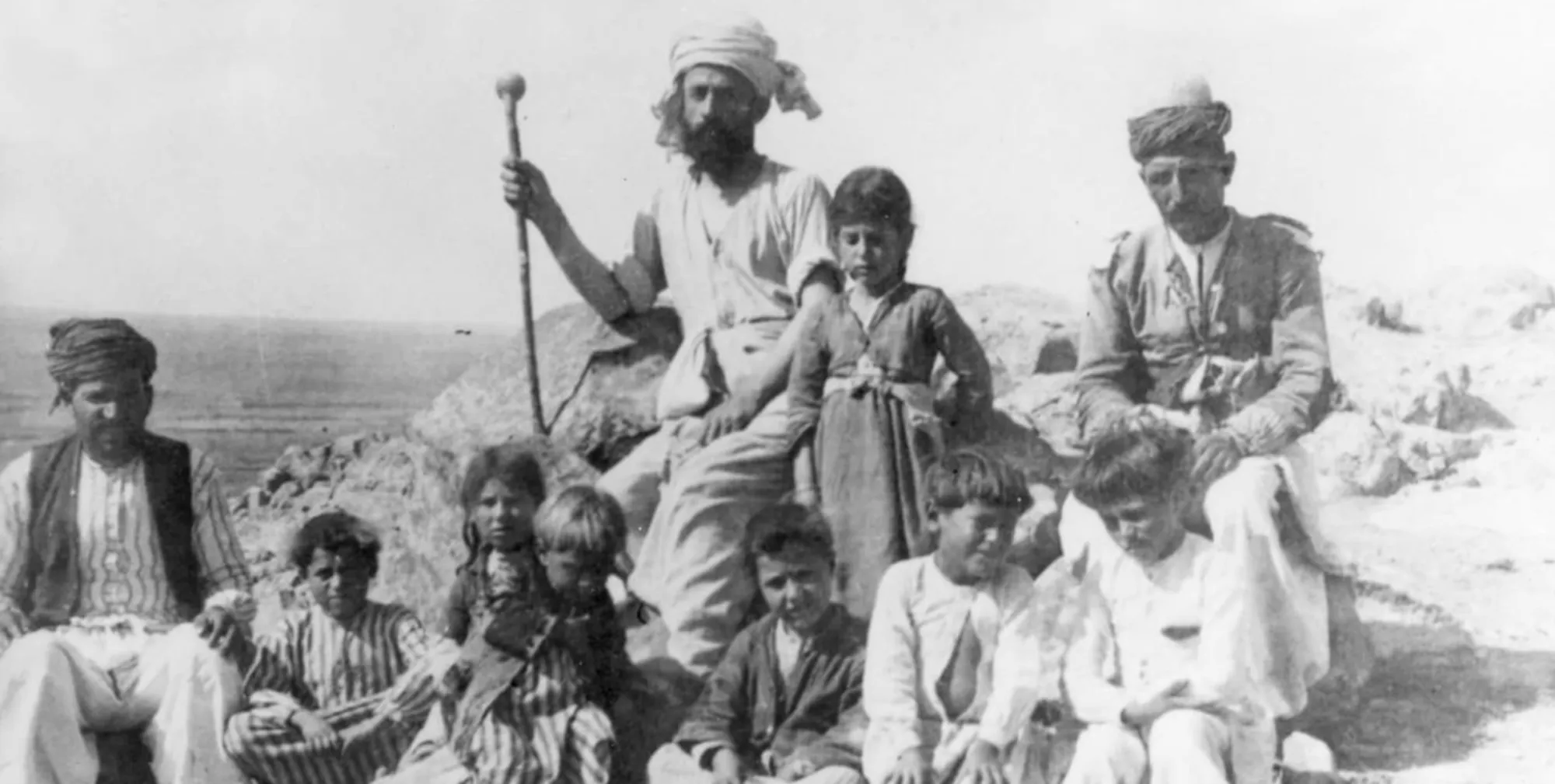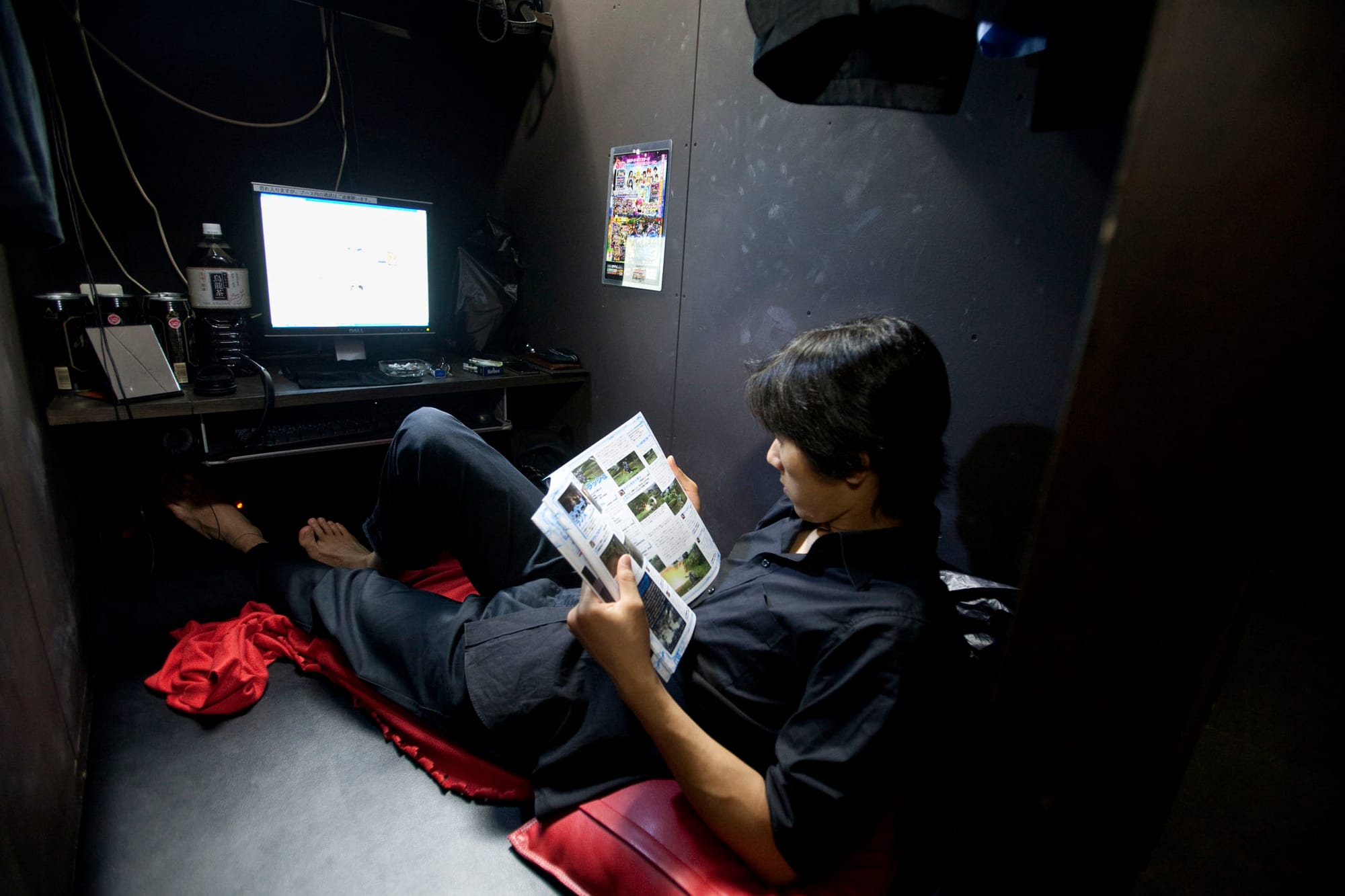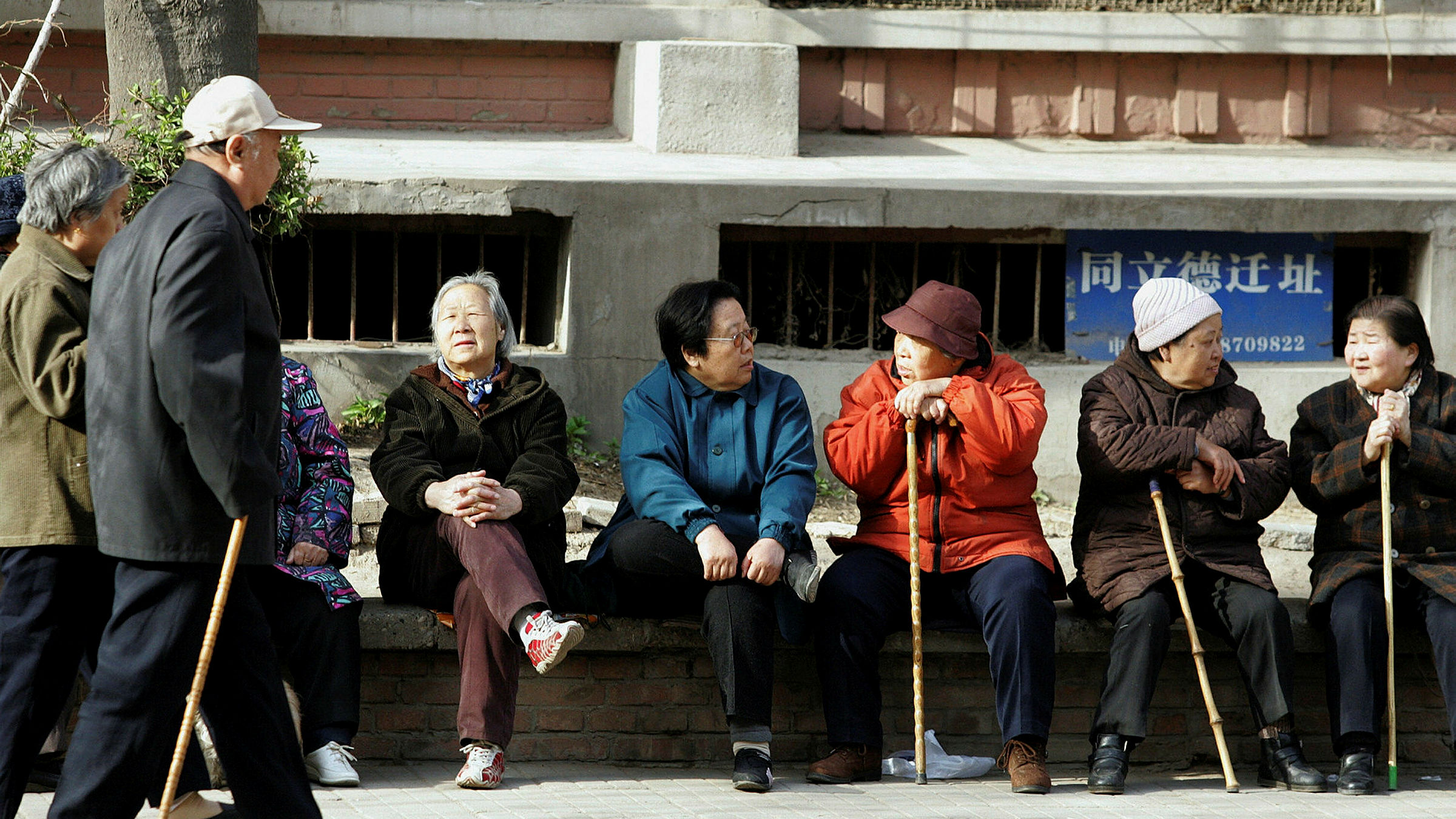8 years ago in Peru, a severe political crisis emerged. This crisis was one of corruption and scandal and has engulfed the South American nation ever since.
Historically, the political situation in Peru leaves little to be desired. Times of crisis have often enveloped the country over the last century. Most notably, this included the reign of terror of ‘el Sendero Luminoso’ or ‘The Shining Path'—a terrorist organisation that held much of the political power in Peru with their guerrilla tactics from 1980 until 1992, when newly elected president Alberto Fujimori disbanded this armed struggle. Furthermore, in the early 2000s, even many prominent figures within the state, such as former intelligence chief Vladimiro Montesinos, who was sentenced in 2003 to 22 years total in prison for corruption, embezzlement, and abuse of power and a further 15 years in 2004, while Fujimori himself was accused of treason in 2002 after being sacked by Congress from the presidential role. Ultimately, Fujimori was sentenced to 25 years in prison in 2009 for ordering killings and kidnappings by security forces. Therefore, it is arguable that Peru has simply constantly been in political crisis. However, this plight truly came to fruition in late 2016, a few months after the election of the new president, Pedro Pablo Kuczyinski, on 28th July 2016.
The 2016 presidential election was an unforgettable one. An unbelievably narrow battle took place between two controversial competitors: Pedro Pablo Kaczynski (PPK) of the centre-right ‘Modern Force’ party and Keiko Fujimori (daughter of Alberto Fujimori) of the far-right ‘People’s Force’ party. Propaganda flooded the streets with political advertising everywhere one looked—from billboards on motorways to huge pieces of graffiti all over the walls in the country—until PPK ended up victorious. A narrow presidential victory is never healthy for a nation, and in Peru at the time, this was not helped by the fact that Fujimori’s Popular Force Party controlled Congress. Consequently, the relationship between the executive and legislative branches was instantly put under strain.
This conflict first truly revealed itself in December 2017 when Congress, afflicted by corruption, attempted to remove PPK from power. They accused him of involvement in the Odebrecht corruption scandal—a 30-year case of bribery to different leaders by Brazilian company Odebrecht involving at least 10 Latin American countries. Despite the failure of this impeachment attempt, PPK was weakened politically before climaxing in March 2018, when PPK was forced to resign before the vote after a second impeachment attempt.
Following PPK was Martín Vizcarra, his ex-Vice President. Vizcarra immediately began to focus on anti-corruption reforms, clashing with the Fujimori-led congress. As a result, Vizcarra dissolved Congress in 2019, and a severe constitutional crisis began. The already fragmented state worsened in 2020 when new congressional elections were held. Meanwhile, Peru, as with much of the world, is hit with COVID-19 and is hit hard. Peru had the highest global death rate with over 6,000 deaths per million (2021), while the economy contracted 11% in 2020, and poverty rose from 20% to 30%. Meanwhile, the health system was completely overwhelmed, leading to the country’s delayed start to vaccine rollout.
Along with this, Vizcarra faced his own problems over leadership. Once again, impeachment attempts began, and he faced two over allegedly accepting bribes as governor. He survives the first vote in September 2020 but is removed after the second in November 2020.
Next on the chopping block was Manuel Merino, head of Congress, who assumed the presidency after Vizcarra’s removal. The public was furious with his appointment, and protests ensued with accusations of a parliamentary coup. After just 5 days, Merino resigned due to the sheer amount of unrest in the country. It seemed this position truly was not one for the faint-hearted.
Dilemmas returned once more in Peruvian politics in 2021 with a new presidential election, after the country’s temporary leadership of interim president Francisco Sagasti, a centrist lawmaker who had looked to transition to new elections and stabilise the economy. In the election, Keiko Fujimori returned once more yet was narrowly defeated once more, this time by Pedro Castillo, a left-wing teacher and union leader of the ‘Free Peru’ party. This new left-wing government seemed revolutionary for Peru, with many seemingly optimistic. However, like much of Peruvian politics, it was not meant to be. Castillo’s government is marked by instability, constant cabinet changes, and more clashes with Congress. Like many of his predecessors, he is voted to be impeached by Congress after being accused of triggering a coup with his attempts to dissolve Congress in December 2022. He is arrested soon after.
At this point, we meet Peru’s current president, Dina Boluarte, Castillo’s vice-president and first female president of Peru. She assumed the presidency in 2022 and remains in power today, regularly facing protests and political instability, with many citizens now calling for her instant resignation and new elections.
Overall, the political crisis of the past 8 years in Peru is one that is not necessarily alien to many in the country given its incredibly unstable history. However, that of recent years is truly one of sheer magnitude. It is a crisis of fragmentation with deep divisions between the legislative and executive branches. It is a crisis of corruption scandals and frequent leadership changes, with five different presidents in five years (2016-2021). But most of all, it is a crisis of public unrest with constant protests that are often violently repressed. The people of Peru are not happy.

